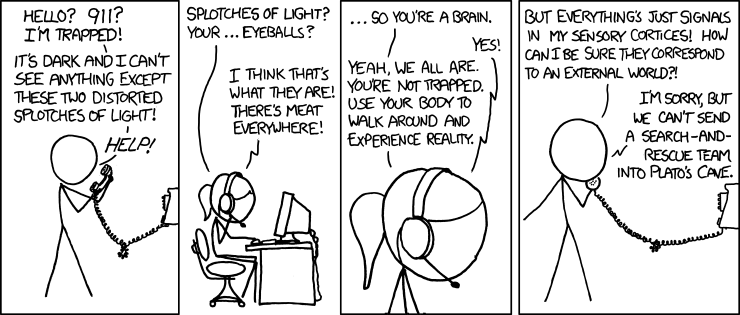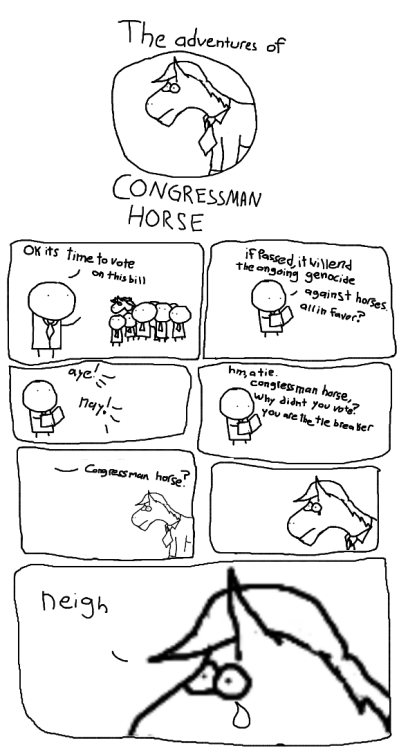I was just going through my (week) daily newsletter from Spiegel Online, and saw
this attention-grabbing headline:
'Our Most Dangerous Illusion Is that We Can Control Nuclear Energy'
Well. I'm not going to argue that there aren't dangers associated with nuclear energy. Having followed the efforts to determine a site for a US nuclear waste repository for about 30 years now, having been frustrated with the process from the outset, and seeing that we still haven't succeeded in finding a satisfactory location, I'm well aware of the many dangers that can arise from nuclear power.
The issue I have with the overly dramatic statement above though is that the person quoted seems to be utterly unaware that other power sources have higher associated risks. Though
I linked this chart a week and half ago without reproducing it, I think I'll be more explicit here:
Energy Source Death Rate (deaths per TWh)
Coal – world average 161 (26% of world energy, 50% of electricity)
Coal – China 278
Coal – USA 15
Oil 36 (36% of world energy)
Natural Gas 4 (21% of world energy)
Biofuel/Biomass 12
Peat 12
Solar (rooftop) 0.44 (less than 0.1% of world energy)
Wind 0.15 (less than 1% of world energy)
Hydro 0.10 (europe death rate, 2.2% of world energy)
Hydro - world including Banqiao) 1.4 (about 2500 TWh/yr and 171,000 Banqiao dead)
Nuclear 0.04 (5.9% of world energy)
The biggest danger of nuclear power is that it and its effects are invisible; without some special devices- which hadn't even been invented a century ago- there is no way to know what your exposure is. The fact that it is imperceptible to an untrained and unequipped person means that the only response possible is panic. Run Away! You can't see it, you can't fight it, you can't protect yourself from it, so the only sensible option is to be somewhere else.
On the other hand, the background knowledge required to deal safely with radiation (in day to day circumstances, not in a reactor) is not that extensive or demanding, the equipment to detect and measure it isn't that expensive, and it's easy to use, so from my perspective, I just don't find radiation or nuclear power all that intimidating. I worked for the better part of a year at Oregon State's research reactor, doing neutron activation analysis on a potential ore body in Africa. I'm no expert, but I know the safety precautions, I know how to keep from being contaminated, and I know what to do if I
do find myself contaminated.
On the other hand, I have no idea what the excess mercury load in western Oregon from coal burning is. I suspect it's pretty low compared to what I grew up with in southeast Ohio, but I get the willies wondering what's coming out of the ground water there now, after another half century of intense coal power generation. Not to mention the excess uranium and thorium- two elements that are naturally concentrated by and bound to organic carbon, and which are simply broadcast to the open environment after combustion. Or alternatively, piled up in immense reservoirs of fly ash waste, then ignored until the dam fails. Which amounts to the same thing.
Another note I received this morning from the Union of Concerned Scientists focused on the same issue:
Help Protect the Public from Toxic Air Pollution
Dear Lockwood,
Toxic air pollutants from power plants—mercury, lead, arsenic, and others—are linked to health problems such as cancer, heart disease, neurological damage, birth defects, asthma attacks, and even premature death. Mercury, for example, is a potent neurotoxin that poses a threat to fetal and infant brain development. And coal plants are far and away the greatest source of mercury air emissions in the United States.
Shockingly, there are currently no national limits on the amount of mercury and other toxic pollutants that power plants can spew into the environment. This gap in our public health protections is all the more disturbing since the Clean Air Act required the Environmental Protection Agency (EPA) to start regulating toxic pollutants more than two decades ago. Thankfully, in mid-March, the agency finally proposed a mercury and air toxics rule, which will limit hazardous air pollution from coal- and oil-fired power plants.
Even though the new standards are affordable and would deliver enormous health benefits, some energy companies and their allies in Congress are already working to block or weaken them.
The EPA is now accepting comments on its proposed mercury and air toxics rule. The agency needs to hear from concerned citizens like you, who want a strong rule that protects the public from these dangerous pollutants.
Take Action Today!
Sincerely,
Kate Abend
National Field Organizer
UCS Climate and Energy Program
In short, my response to the Spiegel interview is exasperation. Here we have a person who probably has very little knowledge about, or experience around, radioactive materials, and who has a predictable panic response to them. He is advocating for an end to human use of such materials- again, predictably. But- and once more, predictably- he does not propose realistic alternative sources of energy.
I am not a strong advocate for nuclear power generation; I feel it has many shortcomings. On the other hand, so does every other power source we have developed or have contemplated. To argue that one specifically should be eliminated because it's dangerous, while overlooking the dangers inherent in others, seems ignorant at best and dangerously naive at worst.
The "most dangerous illusion" is not that "we can control nuclear energy." It is that uninformed opinion, generated without consideration of the pros and cons of other options, is a useful springboard for fruitful policy decisions.
























































